Sourav Pan
Transcript
Introduction to Biosafety
What is biosafety? Biosafety refers to the principles, technologies, and practices implemented to prevent unintentional exposure to biological agents or their accidental release.
Biosafety practices are essential in various settings, including laboratories, healthcare facilities, and research institutions.
Biosafety guidelines provide essential policies and procedures for personnel working with biological agents across various settings.
Key components include risk assessment protocols, containment measures, personal protective equipment requirements, standard operating procedures, and emergency response plans.
Biosafety measures are designed to protect laboratory workers, the surrounding community, and the environment from potential biological hazards.
These guidelines are fundamental for preventing biological hazards and maintaining safety in all settings where biological agents exist.
Understanding and implementing biosafety principles is critical for all personnel working with biological materials.
Different organizations have developed their own definitions of biosafety to guide implementation across various contexts.
The World Health Organization defines biosafety as the containment principles, technologies and practices that are implemented to prevent unintentional exposure to biological agents or their inadvertent release.
The World Organisation for Animal Health defines it as the principles and practices for the prevention of unintentional infection with pathogens or their release into the environment.
The International Organization for Standardization describes biosafety as the containment principles, technologies and practices implemented to prevent unintentional exposure to biological agents and toxins, or their accidental release.
Despite some variations in wording, these definitions share several common themes that form the core principles of biosafety.
Together, these varying definitions contribute to a comprehensive understanding of biosafety, addressing different aspects of the same core principles.
Understanding these definitions is essential for implementing effective biosafety measures in various contexts.
The development of biosafety has evolved dramatically over the last century, transforming from basic hygiene practices to comprehensive risk management systems.
Several key incidents throughout history have shaped modern biosafety protocols and regulations.
Biosafety has evolved from basic hygiene practices to comprehensive risk management systems that integrate multiple layers of protection.
This historical development has led to formalized biosafety committees and structures that govern modern laboratory practices.
The National Biosafety Committee serves as the highest regulatory body for biosafety matters within a country. It establishes consistent national standards and oversees all biosafety activities.
The NBC typically has a structured organization led by a chairperson with supporting divisions including scientific advisory panels, administrative secretariat, and compliance monitoring groups.
NBC membership typically includes experts from government health and environmental agencies, academic and research institutions, biotechnology industry representatives, and ethics and legal experts.
The NBC has several key responsibilities and authorities in biosafety governance. These include policy development, risk assessment, approval authority for high-risk research, enforcement of regulations, and providing expert guidance.
The NBC develops national biosafety policies through a systematic process. This begins with research and consultation, followed by drafting guidelines, soliciting public comments, revising based on feedback, and finally implementing the policies.
Throughout this process, the NBC incorporates scientific evidence, stakeholder input, and international best practices while ensuring alignment with national priorities and capabilities.
A critical role of the NBC is coordinating biosafety efforts across different institutions within a country. The committee serves as the central hub connecting universities, research institutes, private laboratories, government agencies, and medical facilities.
The NBC’s coordination functions include harmonizing biosafety standards across institutions, facilitating information sharing and best practices, resolving inter-institutional conflicts, and providing centralized oversight and accountability.
The NBC ensures national compliance with international biosafety standards and agreements. These include the Cartagena Protocol on Biosafety, which regulates transboundary movements of genetically modified organisms.
The NBC also aligns national practices with World Health Organization guidelines, which provide laboratory biosafety and biosecurity recommendations for different risk levels.
Additionally, the committee ensures adherence to ISO standards that establish quality management systems for biosafety and biorisk management.
The National Biosafety Committee plays a vital role in biosafety governance. It establishes consistent national standards and provides the legal framework for all biosafety activities.
The NBC ensures scientific integrity in biotechnology research and applications, protects public health and the environment from biological risks, and facilitates the safe advancement of biological sciences.
Field trial biosafety protocols are essential when testing genetically modified organisms in open environments.
Field trials allow researchers to test genetically modified organisms under real-world conditions, but require strict biosafety measures to protect the environment and prevent unintended spread.
Proper site selection is the foundation of field trial biosafety. Sites must be located away from conventional crops and wild relatives. Researchers must consider topography to limit water runoff, assess local ecosystems for vulnerable species, account for weather patterns that could affect pollen spread, and ensure the site is accessible for monitoring.
Field trial layouts must include buffer zones to prevent cross-pollination and minimize environmental exposure. A typical layout includes the central test plot surrounded by primary and secondary buffer zones. Security fencing is required to prevent unauthorized access and animal intrusion.
The primary buffer zone typically contains non-GM crops of the same species to trap stray pollen. The secondary buffer uses different crop species or fallow land. Minimum buffer distances vary by crop type, ranging from fifty meters for some crops to a thousand meters for wind-pollinated varieties.
Pollen escape is the primary biosafety concern in genetically modified crop field trials. Several control techniques are employed to prevent cross-pollination.
Temporal isolation involves planting test crops at different times from conventional crops in the area. Physical barriers such as pollen-proof tents or bagging flowers can physically contain pollen. Genetic methods like male sterility or closed-flower self-pollination reduce pollen production. When possible, early harvesting before flowering completely eliminates pollen risk.
Monitoring procedures for field trials operate in three distinct phases.
Pre-trial monitoring includes baseline ecological surveys, site preparation documentation, and notification to appropriate authorities.
During the trial, teams conduct regular phenotype monitoring, inspect pollen traps, perform security perimeter checks, and document any significant weather events that might affect containment.
Post-trial monitoring involves a complete harvest audit, monitoring for volunteer plants that might grow from leftover seeds, and verification of proper site restoration.
Comprehensive documentation is critical for field trial biosafety compliance.
Post-trial land management is crucial for maintaining long-term biosafety after field experiments conclude.
After trials conclude, all plant material must be completely removed and properly disposed of through approved methods such as autoclaving. A post-harvest monitoring plan must be implemented, and the site is typically restricted from subsequent planting for one to two years.
Regular inspections for volunteer plants are required, and all post-trial activities must be documented. Finally, a comprehensive report must be submitted to regulatory authorities, confirming proper trial conclusion and site management.
Field trial protocols must carefully balance scientific research needs with environmental protection.
Several strategies help maintain this balance. These include using a tiered approach to containment based on risk level, adapting protocols based on field observations, involving diverse stakeholders in planning, maintaining transparent communication with local communities, and integrating both traditional and scientific knowledge.
Implementation and Future of Biosafety Guidelines
While biosafety guidelines provide a comprehensive framework, individual compliance is essential for maintaining safety.
Biosafety guidelines require continuous updating based on three key factors: new scientific research, emerging biological threats, and technological developments.
As science advances, biosafety practices must evolve to address new challenges and maintain effective protection.
Effective biosafety requires both robust institutional systems and personal commitment from all individuals working with biological materials.
In conclusion, the implementation of biosafety guidelines depends on continuous updating, evolution alongside scientific advancements, and a combination of institutional systems and personal commitment.
Study Materials
No study materials available for this video.
Helpful: 0%
Related Videos
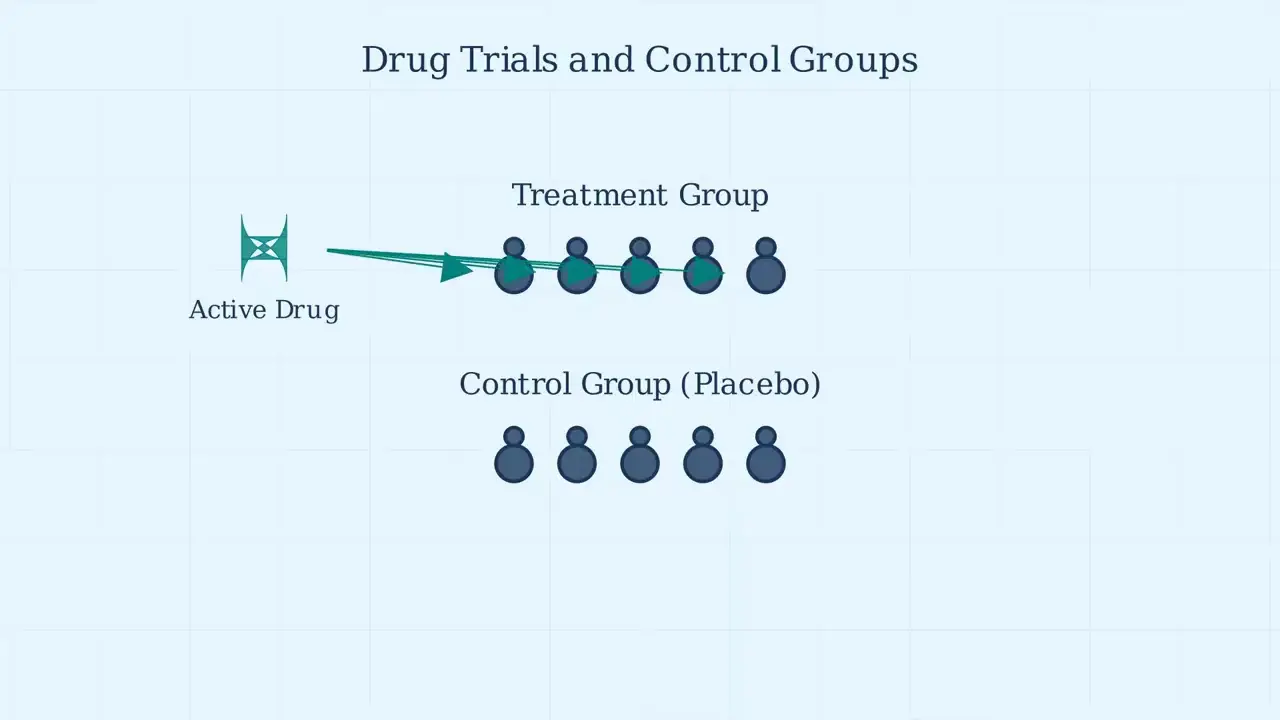
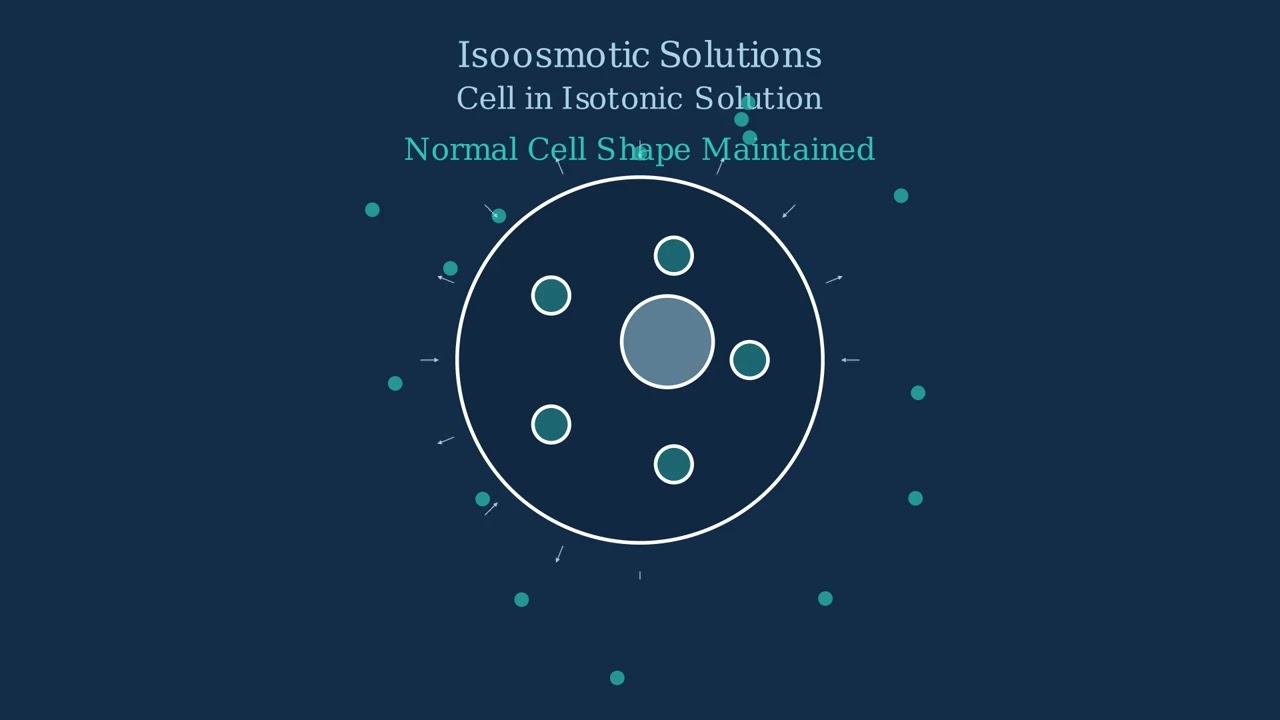

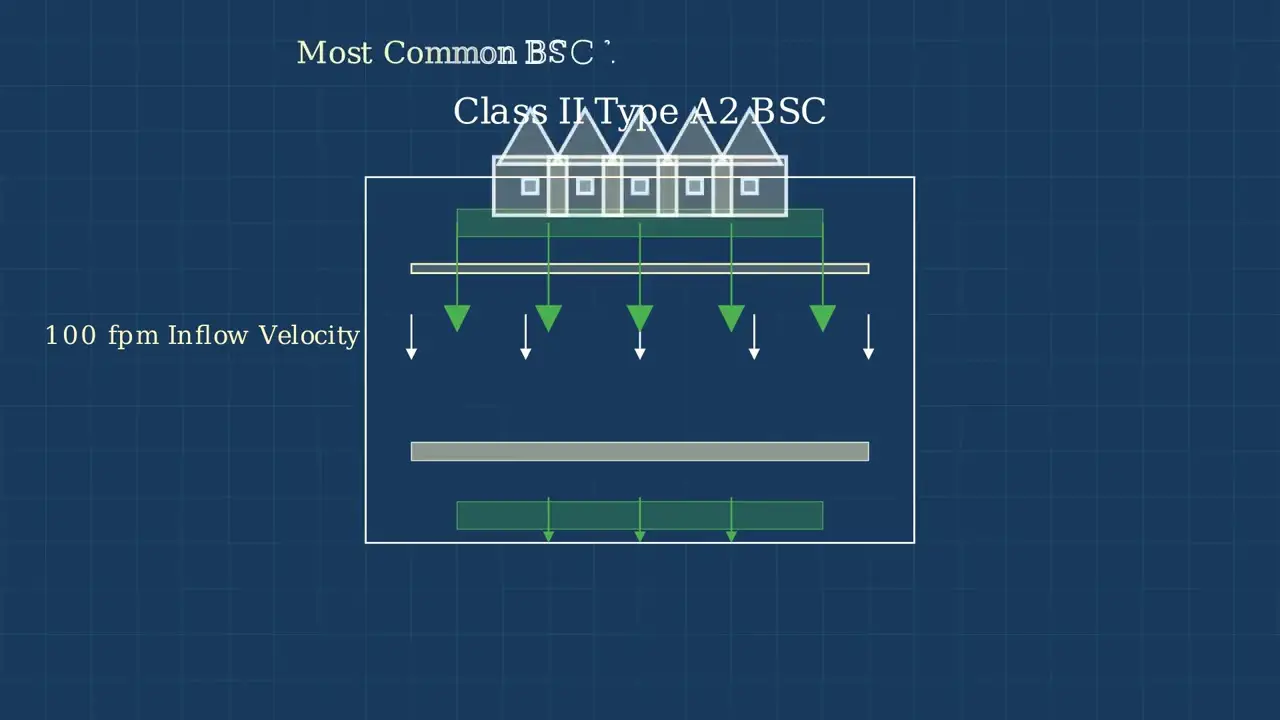
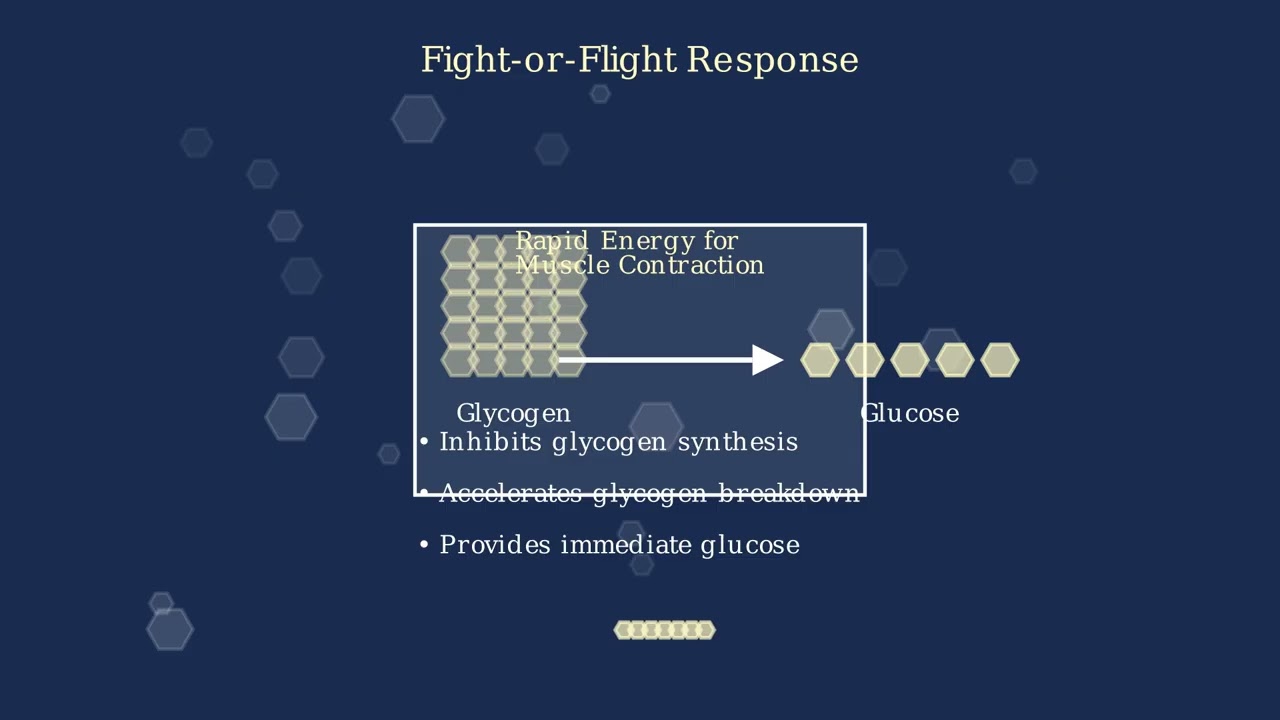
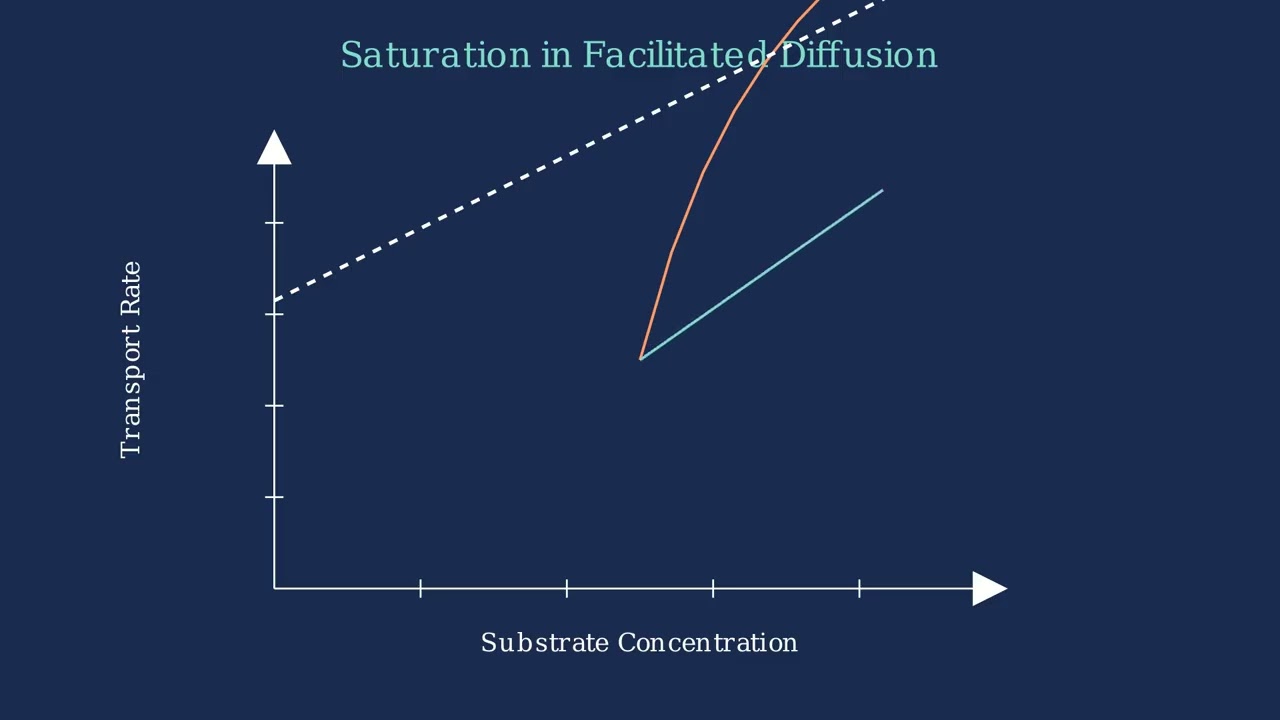
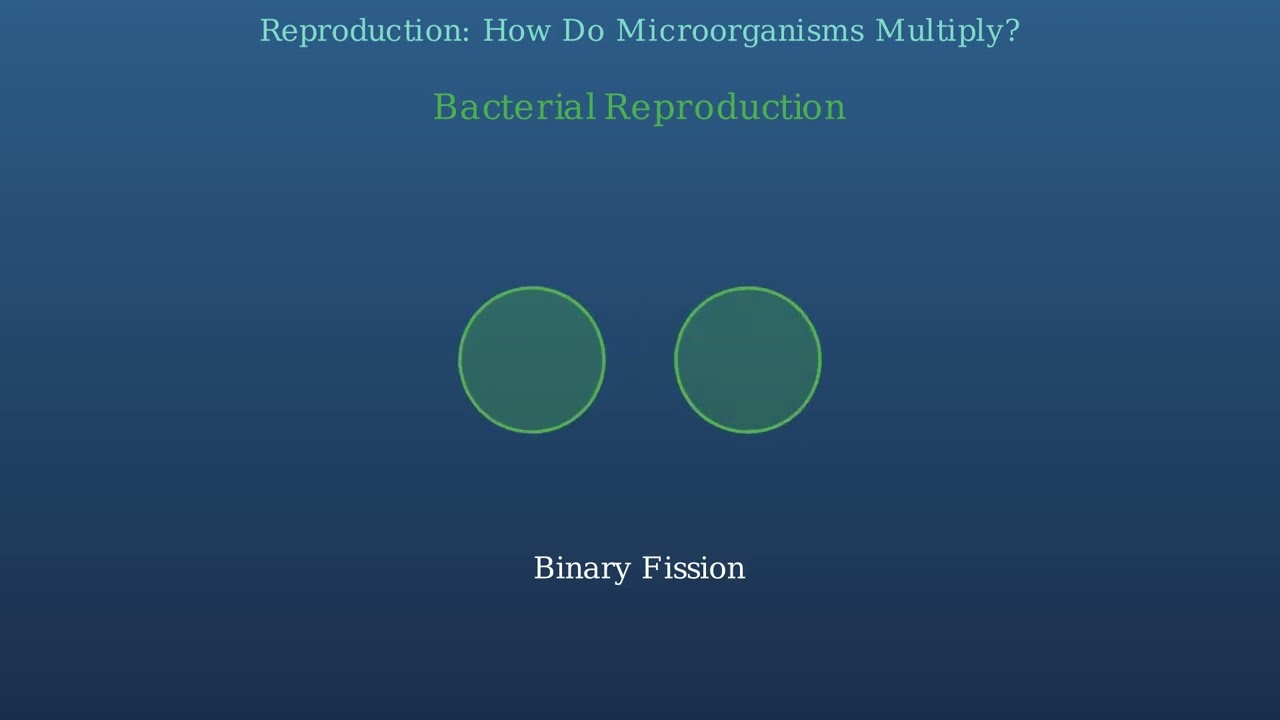

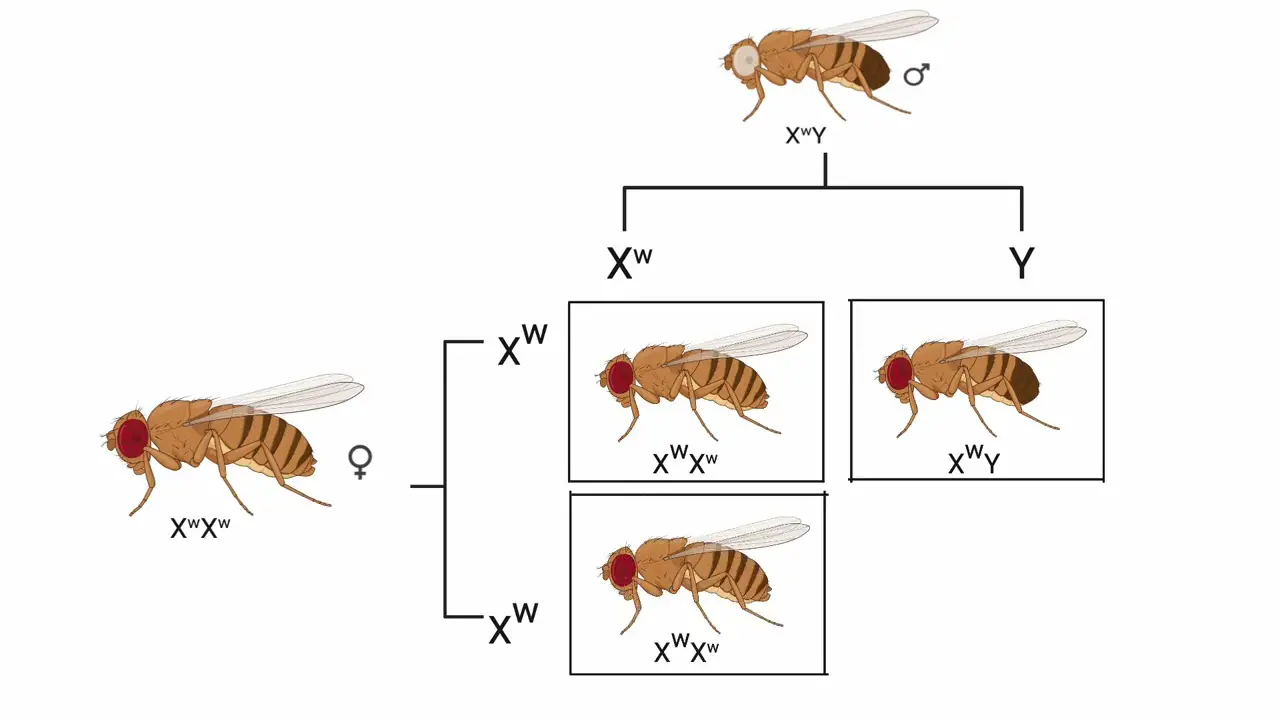
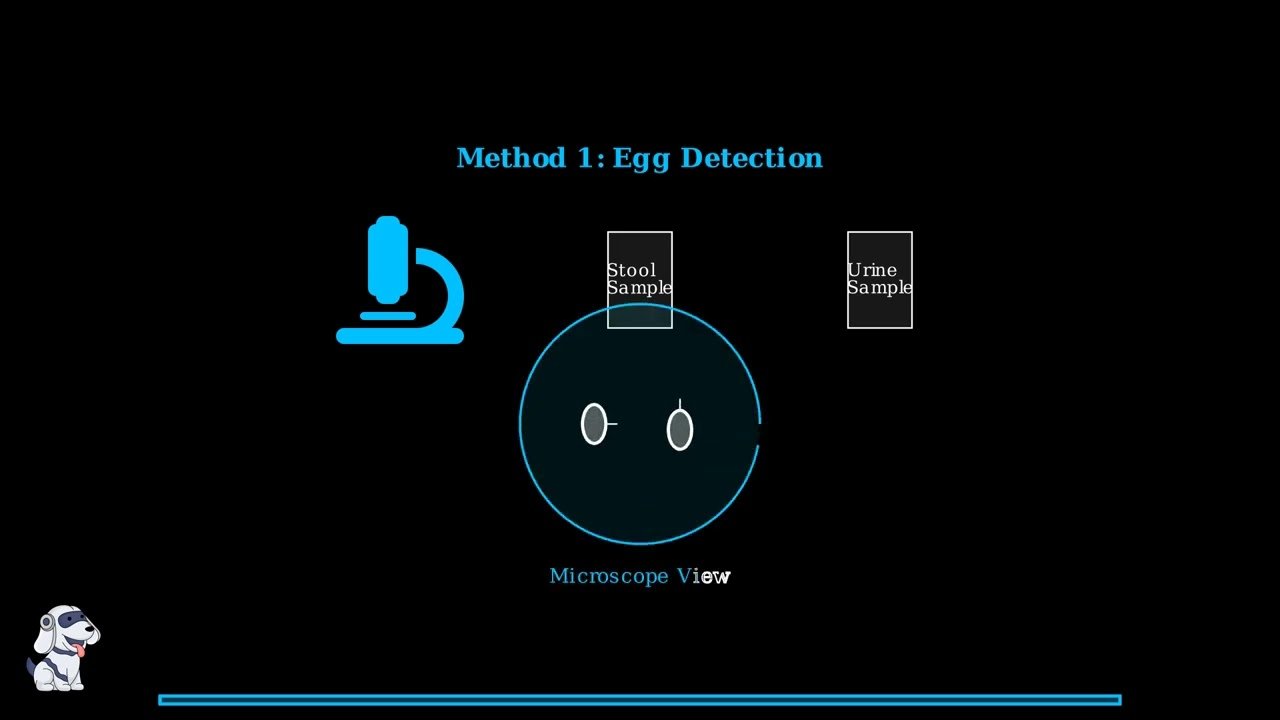
- Text Highlighting: Select any text in the post content to highlight it
- Text Annotation: Select text and add comments with annotations
- Comment Management: Edit or delete your own comments
- Highlight Management: Remove your own highlights
How to use: Simply select any text in the post content above, and you'll see annotation options. Login here or create an account to get started.